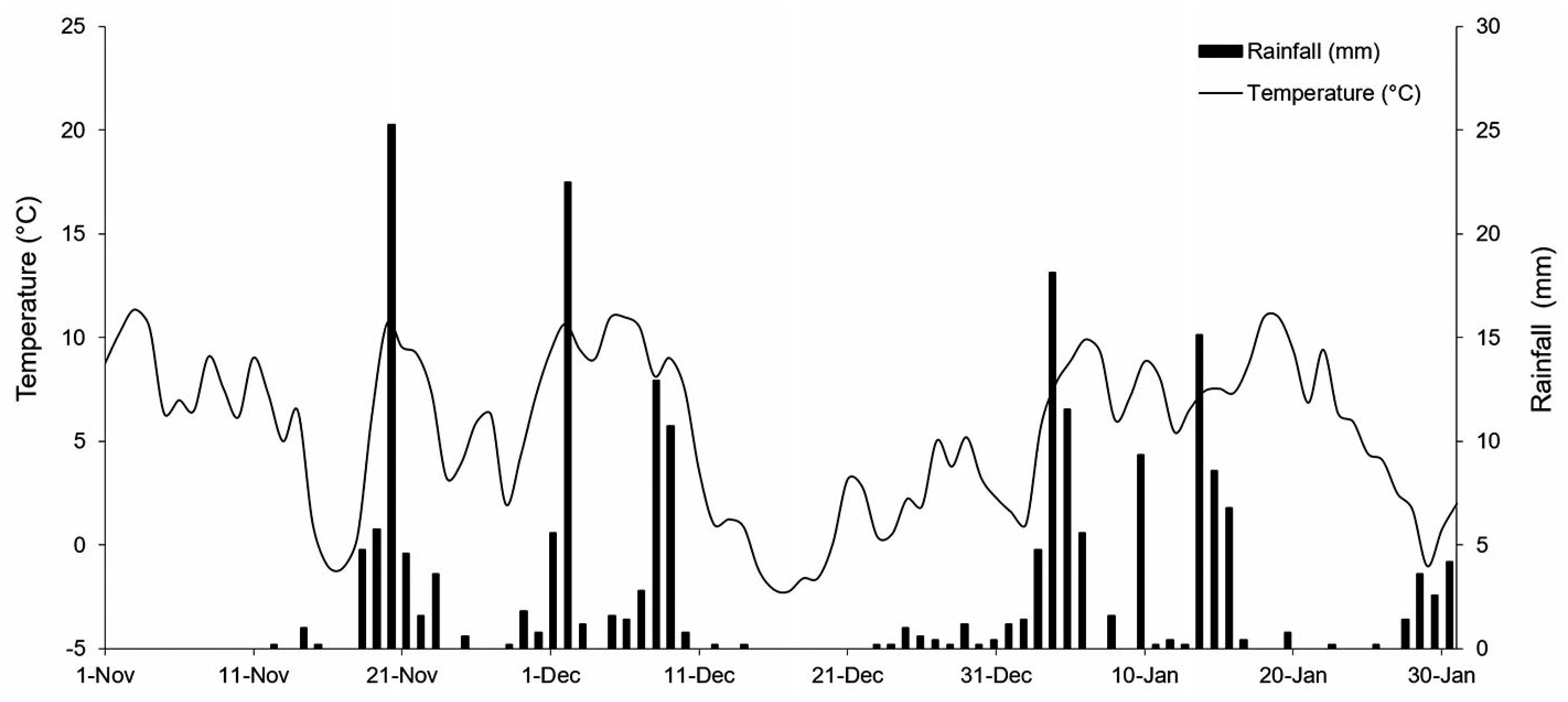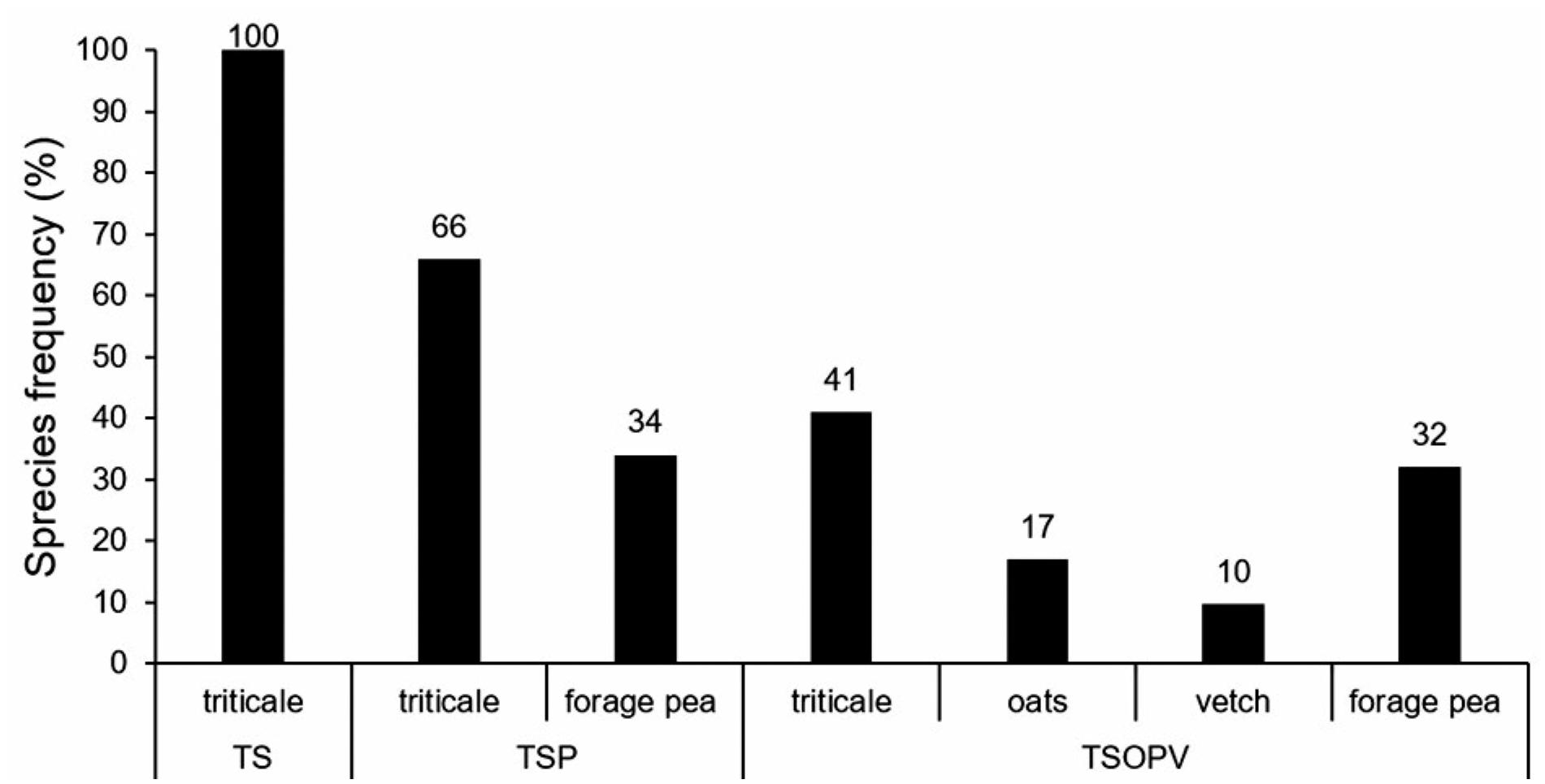ABSTRACT:
The use of intercropped grass legumes provides a source of sustainable animal production as these vegetables contribute to an increase in forage yield by area, and substitute inorganic nitrogen and other components. The objective of this study was to evaluate the nutritional characteristics of silages and the yield and milk quality of Holstein cows fed triticale silages in monoculture or intercropped with either oats or legumes. The crops for silage production were triticale (TS), triticale in consortium with forage pea (TSP), and triticale in consortium with oats, forage peas and vetches (TSOPV). The silages showed no differences in dry matter content. The highest crude protein (13.06 %) and ethereal extract content was observed in TSOPV, but in the case of the latter, there was little difference when compared with TS (2.35 and 2.16 %, respectively) although the ash contents of the TSOPV and TSP silages did present a difference compared to TS silage. The neutral and acid detergent fibers (NDF and ADF) and cellulose fractions of TS silage were higher (68.60, 41.46 and 38.19 %, respectively) than those in TSOPV and TSP silages, which also had higher levels of soluble nitrogen, ethanol and acetic acid. Dry matter intake was higher in both TSOPV and TSP, which also provided a higher milk yield (21.19 and 20.45 L cow d−1) compared to that of TS silage (18.74 L cow d−1). Cows fed TS also produced milk with a lower N-ureic content (15.15 mg dL−1). The inclusion of legumes with triticale provided good fermentative quality for silage and increased milk production of cows without altering their concentrations of fat and protein.
Keywords:
forage; forage pea; grass; nutritional value; vetch


